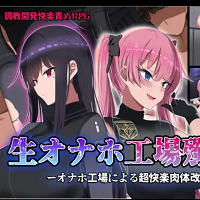TouchArcade Rating:  This April, the iOS and Android Razer Nexus app (free) gained support for the then-unannounced Razer Kishi Ultra controller, featuring customizable analog stick deadzones and more. Since its release, the Razer Kishi Ultra has proven its compatibility extends beyond just smartphones. While undeniably the priciest mobile controller on the market (to my knowledge), it delivers unexpected features for specific devices. A long-time user of the Razer Kishi and Backbone One (including their USB-C iterations), I initially felt no need for a new controller. However, the Razer Kishi Ultra, much like the Hori Split Pad Pro did for the Nintendo Switch years ago, changed my perspective.
This April, the iOS and Android Razer Nexus app (free) gained support for the then-unannounced Razer Kishi Ultra controller, featuring customizable analog stick deadzones and more. Since its release, the Razer Kishi Ultra has proven its compatibility extends beyond just smartphones. While undeniably the priciest mobile controller on the market (to my knowledge), it delivers unexpected features for specific devices. A long-time user of the Razer Kishi and Backbone One (including their USB-C iterations), I initially felt no need for a new controller. However, the Razer Kishi Ultra, much like the Hori Split Pad Pro did for the Nintendo Switch years ago, changed my perspective.
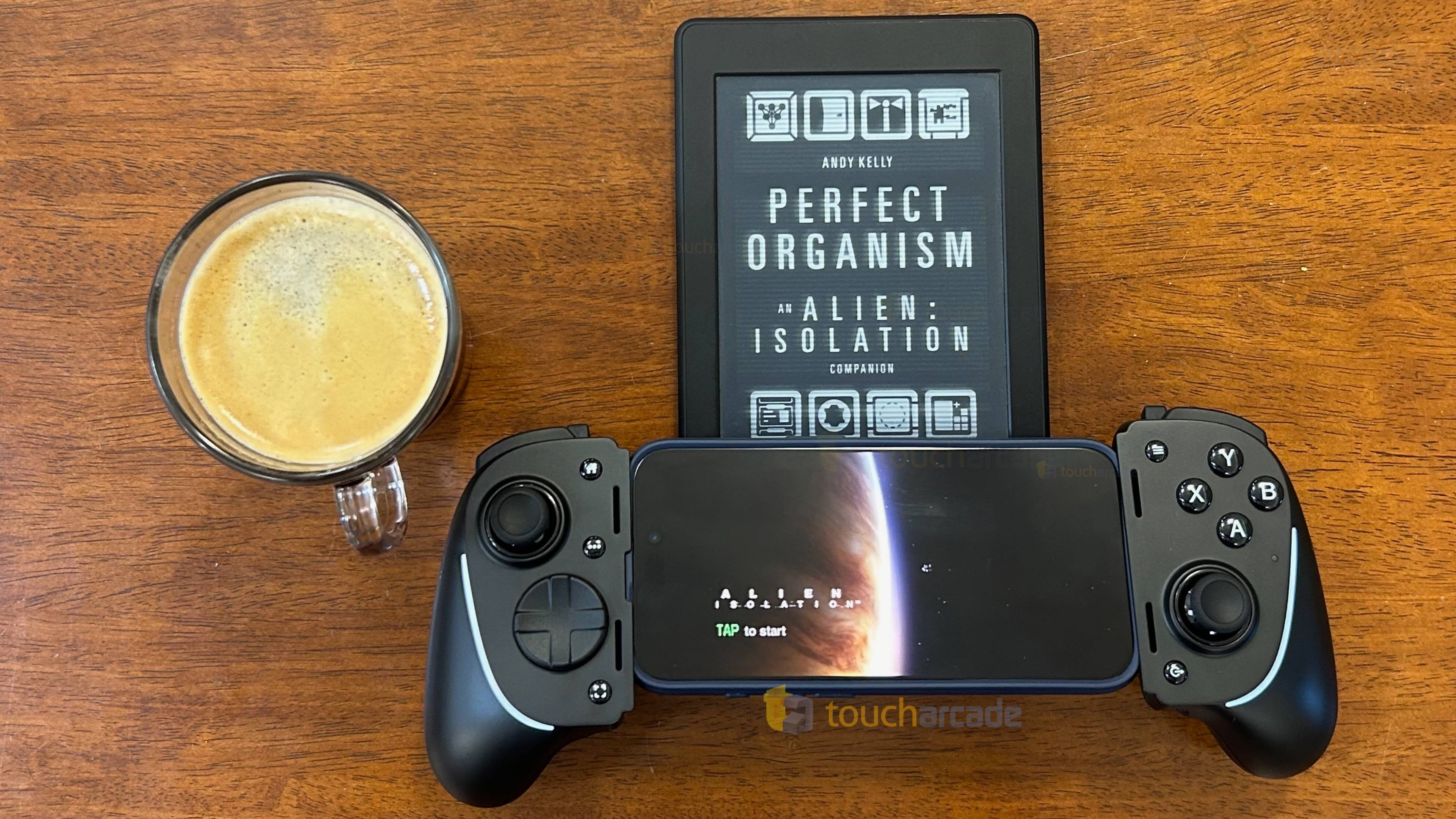
Razer Kishi Ultra – Package Contents
The Razer Kishi Ultra box contains the controller, several sets of rubber cushions (for different devices), stickers, and an instruction manual. Given its $149.99 price tag, I anticipated a carrying case or at least a protective pouch. However, the box and controller packaging are, as expected from Razer, high-quality.
The rubber cushions are paired and clearly labeled: Pair A for iPhone, Pair B for iPad Mini 6th generation, and Pair C for Android devices. These cushions are unnecessary if you use a phone case.
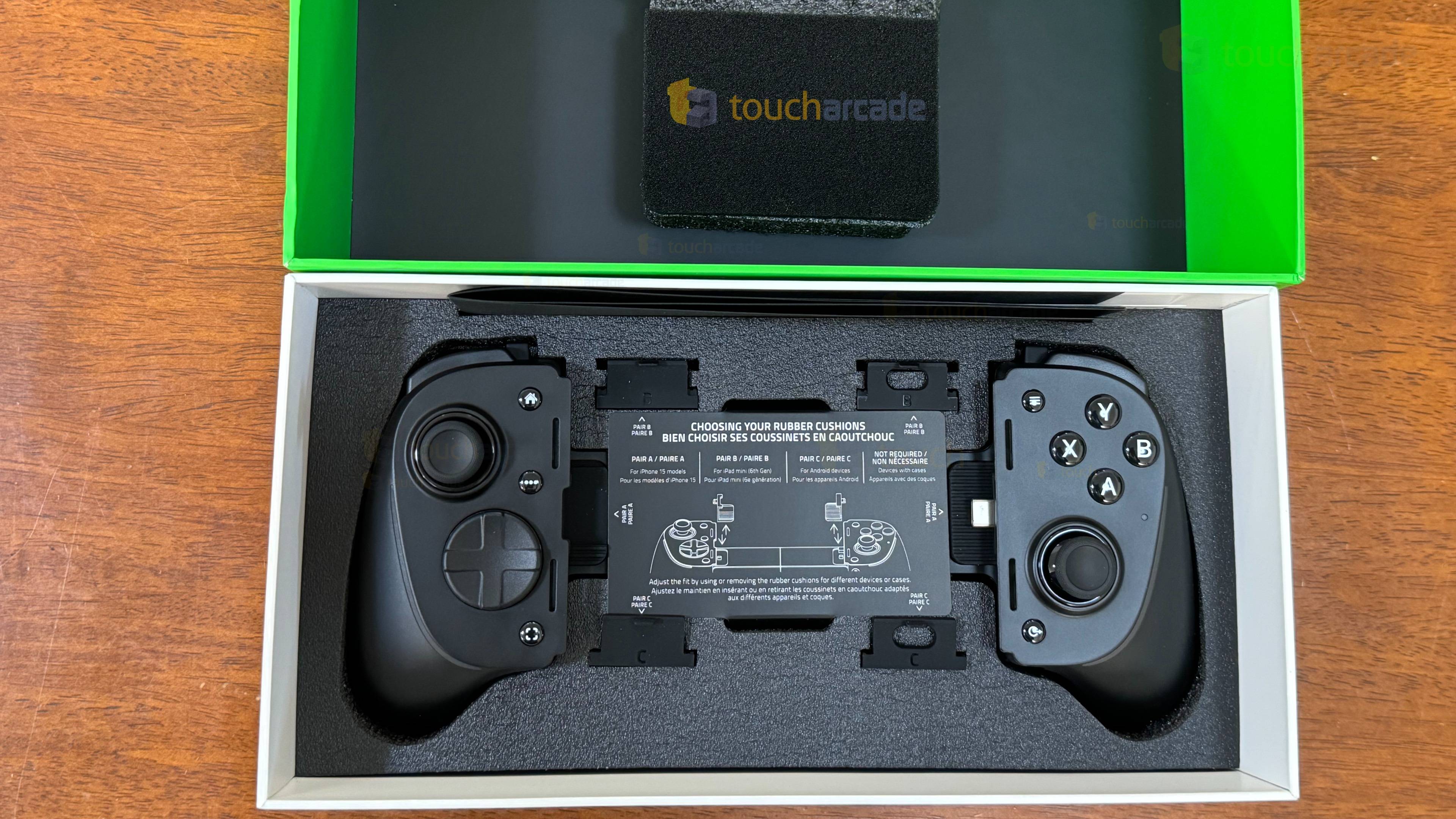
Razer Kishi Ultra Compatibility – iPhone, Cases, Android, and iPad Mini
Unlike many mobile controllers (especially telescopic ones) that only support iPhone and Android, the Razer Kishi Ultra also works with tablets like the iPad Mini 6th generation. While some recent telescopic controllers offer Bluetooth connectivity, this USB-C controller boasts superior compatibility. For this review, I tested the Razer Kishi Ultra with my iPhone 15 Pro, iPhone 14 Plus, and wired to my iPad Pro. Although I didn't test it on Android or Windows, I did try it wired on my Steam Deck. It was recognized as a generic Xbox gamepad but functioned perfectly while playing NBA 2K25 on the Steam Deck, also exhibiting decent rumble in games like Bakeru.
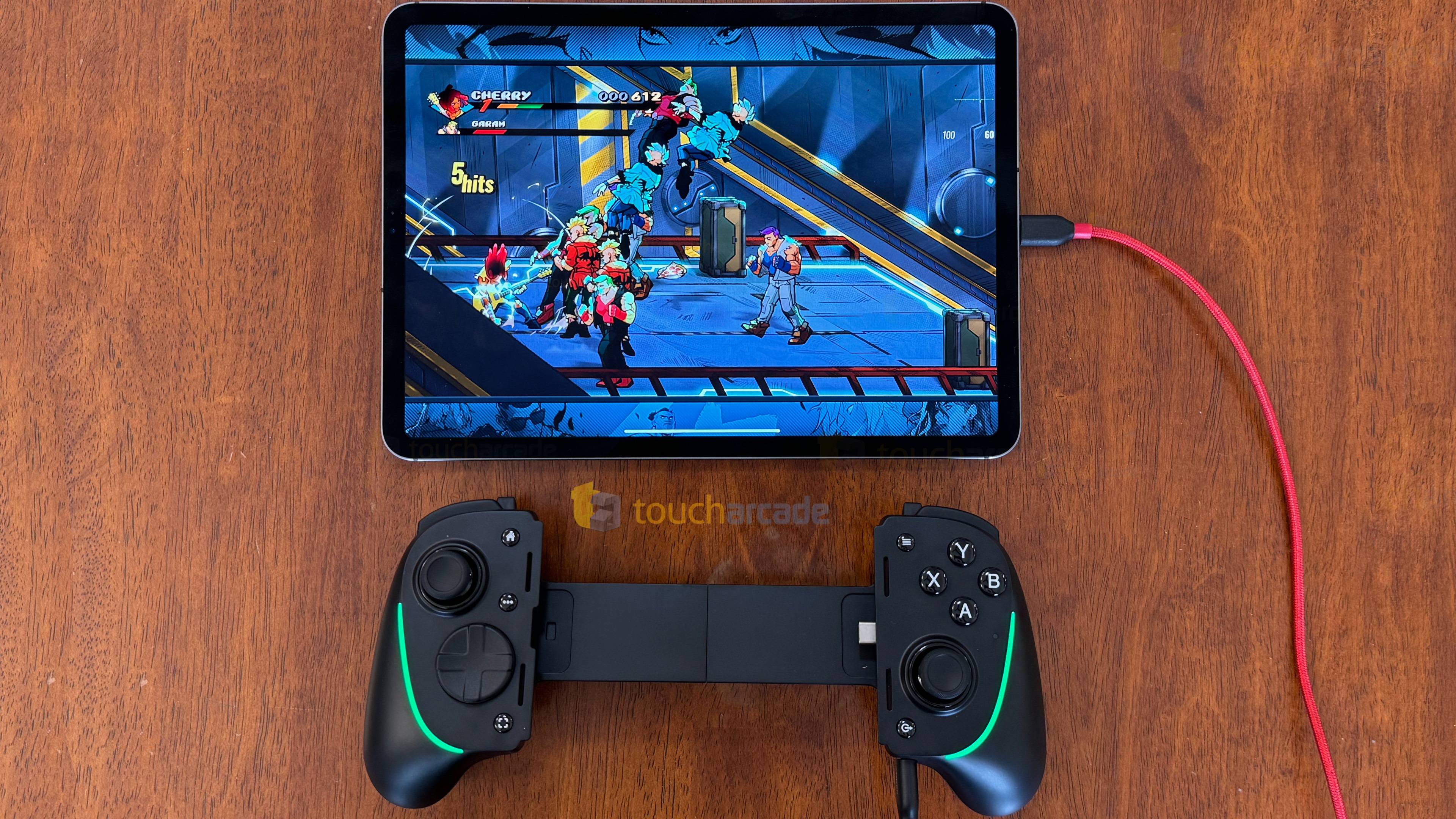
Razer Kishi Ultra Buttons, D-pad, and Triggers
Before discussing new features, let's assess the controller's feel and performance. I initially had reservations about the d-pad, but it proved excellent in games like Garou: Mark of the Wolves ACA NeoGeo, and even newer titles such as Hades and Hitman Blood Money Reprisal. Beyond the d-pad, the shoulder buttons and triggers perform flawlessly, mirroring the quality of Razer's previous controllers. The analog sticks are comfortable and smooth, while the face buttons offer a satisfying click, albeit with more travel than anticipated after using the original Razer Kishi.
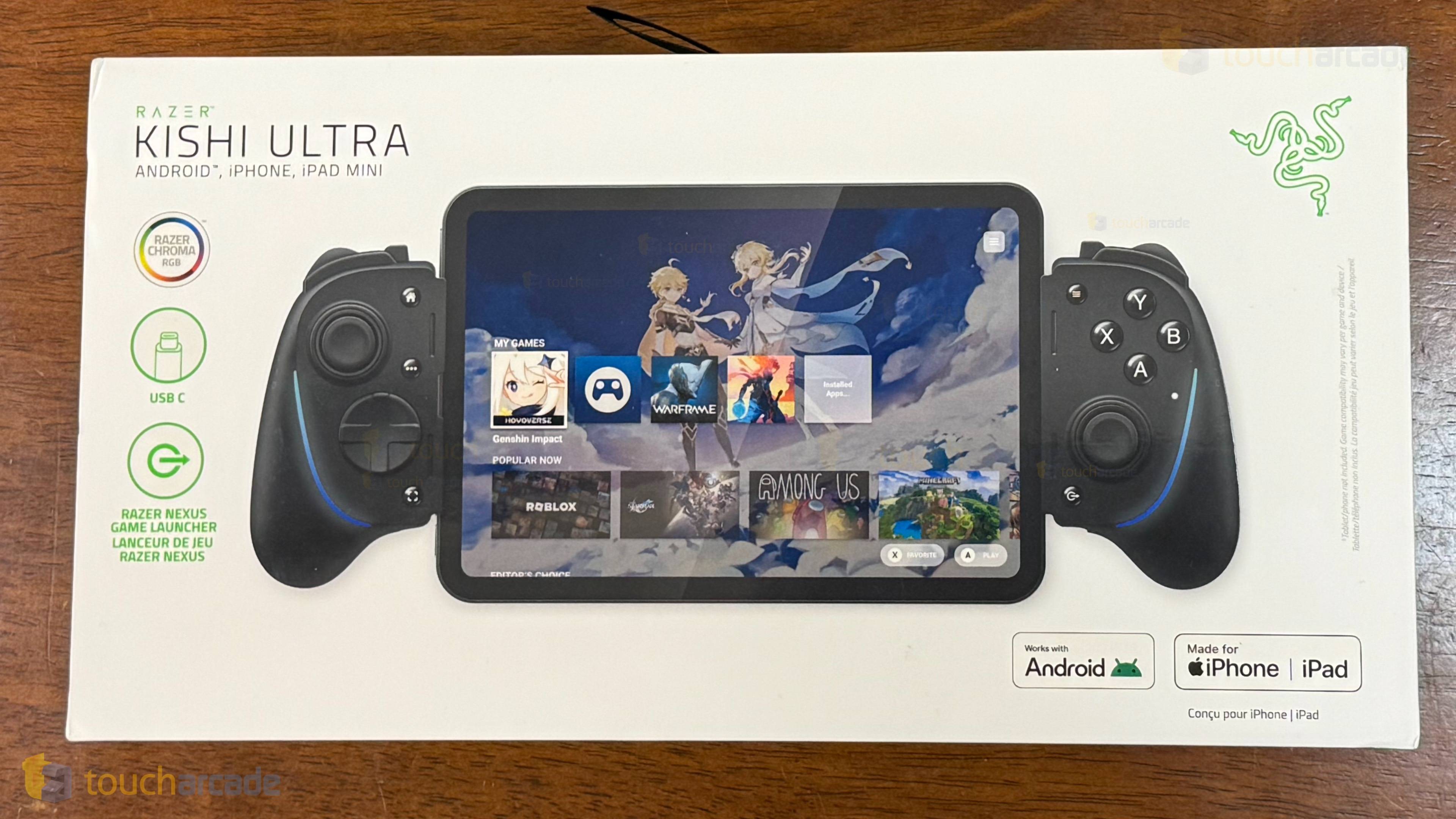
After extensive use, including several hours-long gaming sessions (like Zenless Zone Zero while charging my phone via passthrough charging), I have no complaints about the Razer Kishi Ultra's d-pad, buttons, or triggers.
The textured finish, while not rubbery, provides excellent grip and remains comfortable even during extended use. While I'm not usually a fan of Chroma lighting on controllers, as with the Razer Kitsune, I would have preferred the lights to dynamically reflect on-screen gameplay.
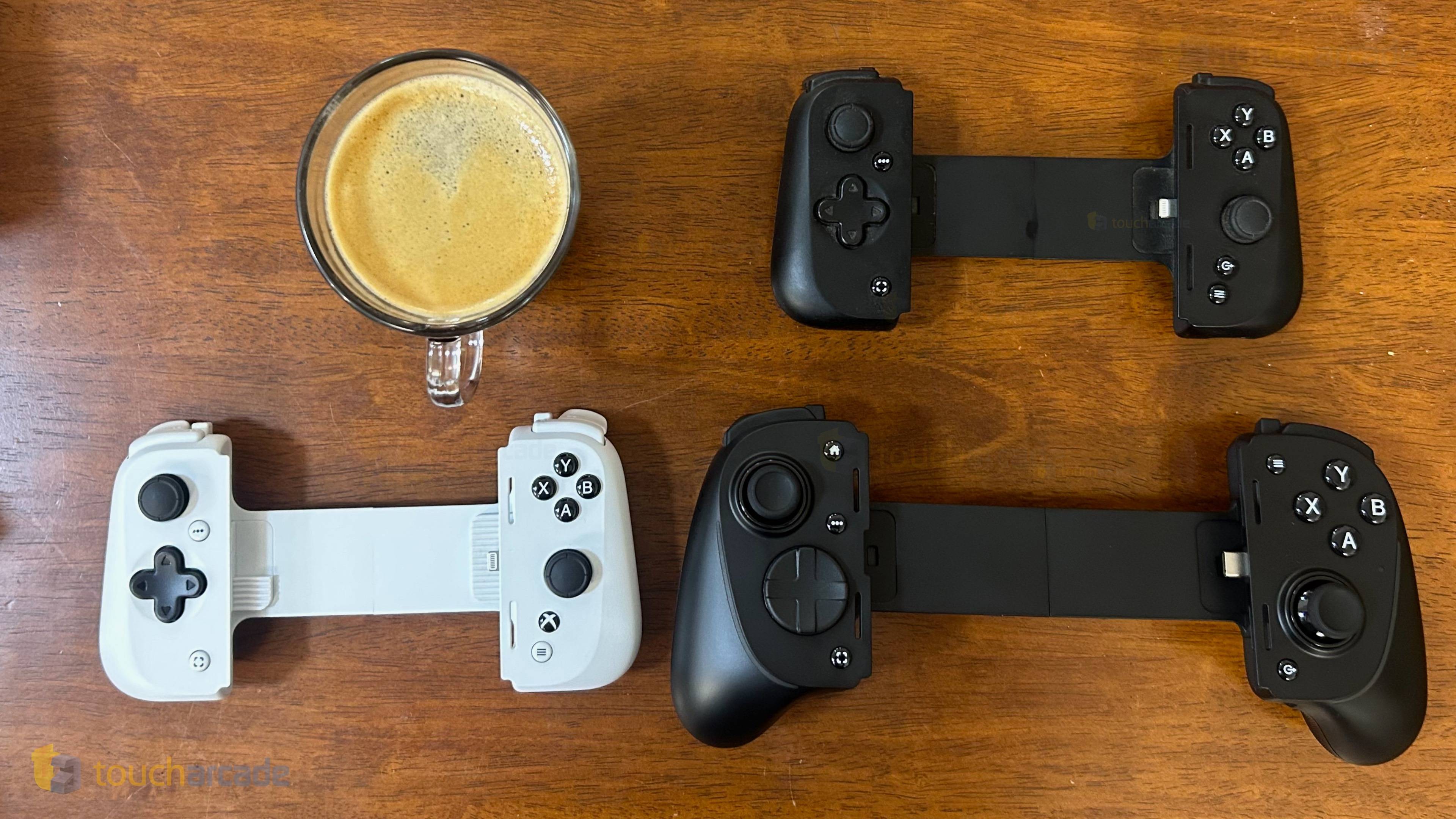
Razer Kishi Ultra – New Features
The Razer Kishi Ultra's primary appeal is its full-size form factor. Unlike the compact designs of previous Razer controllers or the Backbone One, the Razer Kishi Ultra is full-sized, making it feel like you're holding your phone within a high-quality console controller. This might not appeal to users seeking a compact solution, but that's not its intended purpose. This full-size design makes it the most comfortable mobile controller I've ever used.
Other notable features include Chroma customization via the app, haptics (Android and Windows), and virtual controller mode (Android only). The virtual controller mode is beneficial for Android games, as some notable titles (like Genshin Impact) lack controller support on mobile platforms outside of iOS.
Beyond these new features, the Razer Kishi Ultra includes a 3.5mm headphone jack, passthrough charging (15W), and L4 and R4 shoulder buttons.
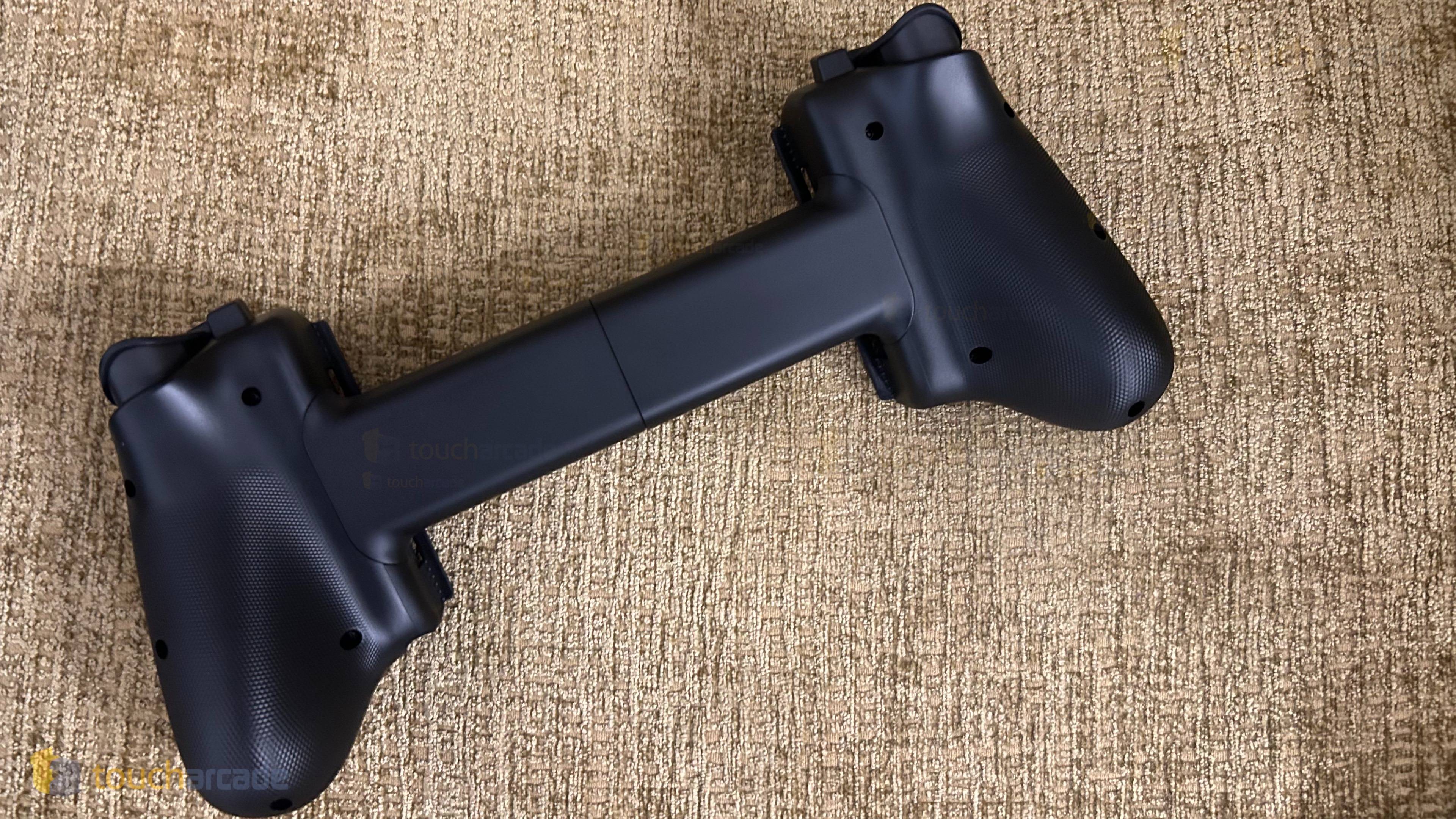
Razer Kishi Ultra Features Missing on iOS – Haptics and Virtual Controller Mode
Haptics and virtual controller mode are exclusive to Android (and Windows for haptics) and unavailable on iOS. While I'm not overly concerned about the virtual controller mode, I hope Razer will implement haptics support for iOS devices. I appreciate the haptic feedback on PS5 and HD Rumble on Switch, and a similar feature on iOS would be a welcome addition.
Razer Kishi Ultra Price Point – Is It Worth It?
I believe most users are better off using a PS5 or Xbox controller wirelessly on iOS—a superior and cheaper option. However, if you desire a telescopic controller that attaches directly to your phone, popular alternatives cost around $99.99. Therefore, the Razer Kishi Ultra's $150 price point positions it as a premium controller. Is it worth the extra cost? If you're satisfied with the Razer Kishi and Backbone One's price points, the added comfort justifies the extra expense. However, the lack of haptics on iOS diminishes the experience compared to Android, where you get the full feature set.
The long-term durability of the joysticks (and potential for drift) remains to be seen.
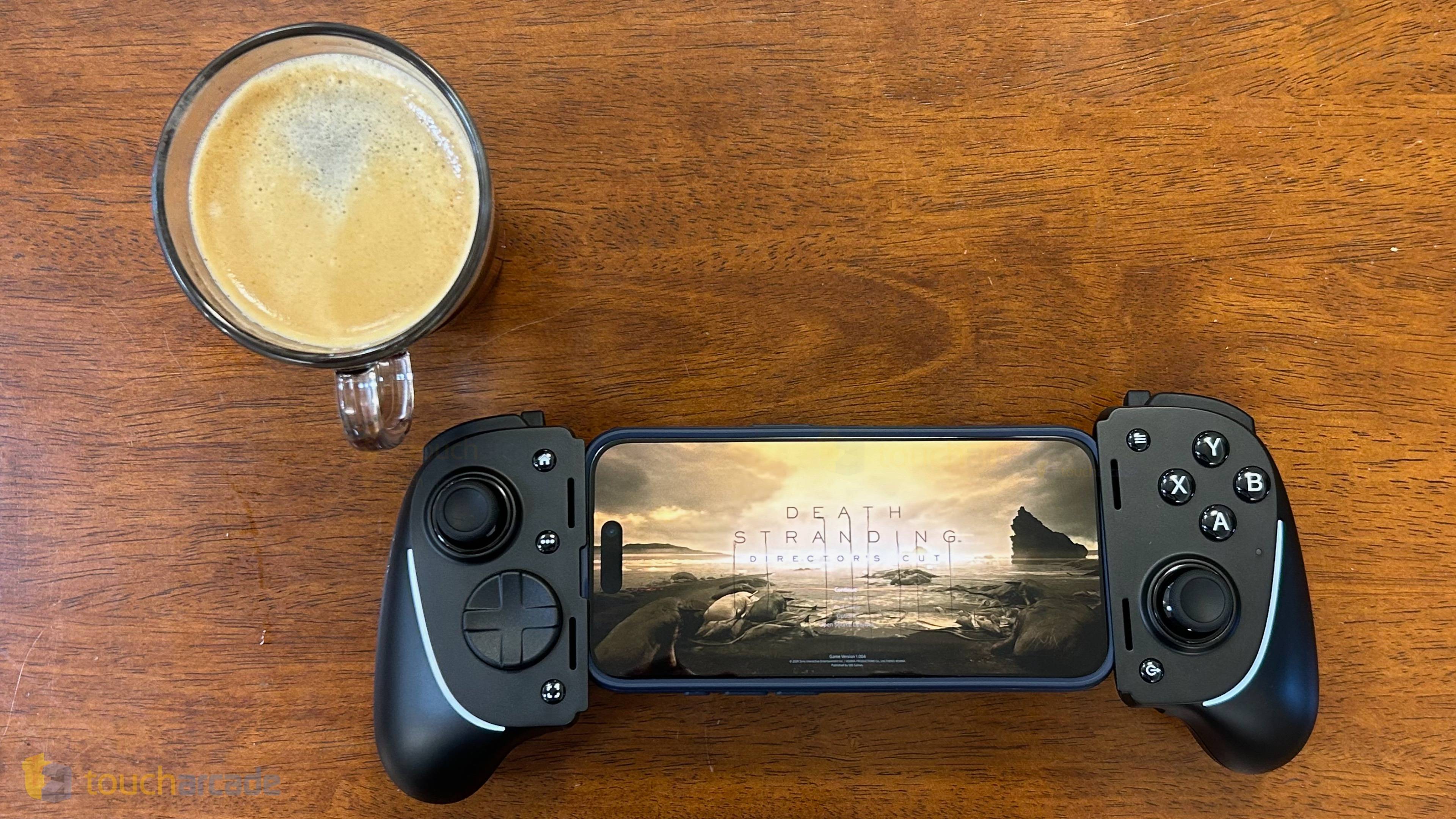
Razer Kishi Ultra – The Best Mobile Controller in 2024?
If you haven't read my review of Razer's previous controller, I recommend checking it out here. Transitioning from the compact form factor I've grown accustomed to (across Razer and Backbone products) to this larger controller has been an interesting experience. Similar to the Hori Split Pad Pro for Nintendo Switch, I find myself wanting both a full-size and a more compact controller for my iPhone.
The Razer Kishi Ultra is undoubtedly the most comfortable mobile controller I've used, but its portability is a concern. I'm worried about its safety in my bag unless I carry it in its original box. I'm unsure if it will replace my regular Kishi or Backbone One for travel, but I'll definitely only use it at home.
At this price point, I expected hall-effect analog sticks. I've experienced joystick drift with multiple controllers, and while it hasn't occurred with the Razer Kishi Ultra (or the original Kishi) yet, I can't guarantee its absence in the future. This is a factor to consider before purchasing.
Having reviewed the Backbone One and Razer Kishi models, I'm eager to explore the GameSir lineup, which seems promising. Hopefully, I'll have the opportunity soon.
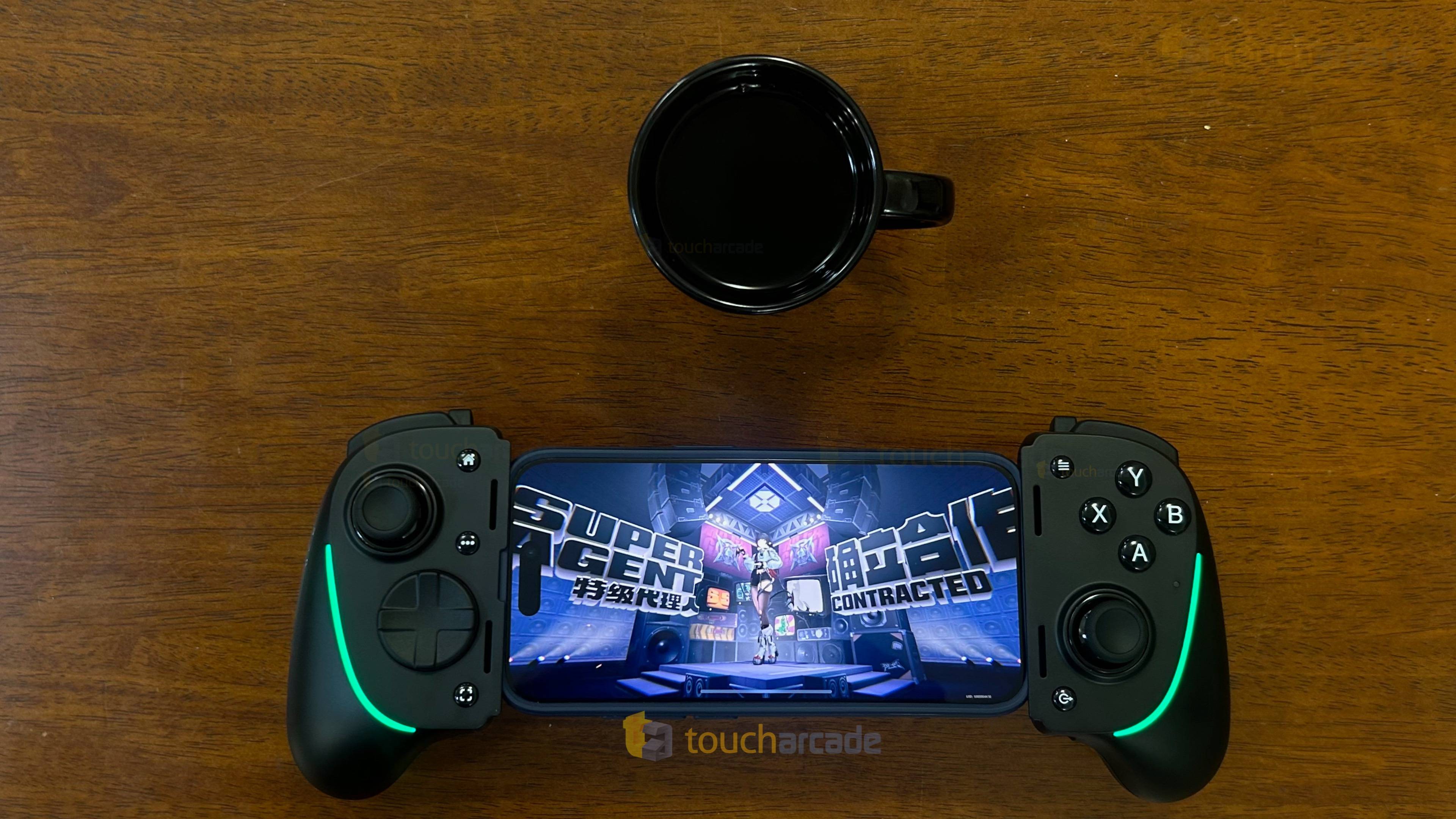
Razer Kishi Ultra 2 Wishlist
For a future Razer Kishi Ultra iteration, besides hall-effect sticks, I'd like smoother edges, especially around the passthrough charging port. While I appreciate the L4 and R4 buttons, I prefer bottom-mounted paddles for a more natural feel. Offering these as options (perhaps L5 and R5 with remapping in the Razer Nexus app) would be a worthwhile addition given the premium price. Finally, including a carrying case would enhance the overall package. High-end console controllers typically include such cases, and while this controller is less expensive than a DualSense Edge or Victrix Pro BFG, a case would be a welcome and relatively inexpensive inclusion.
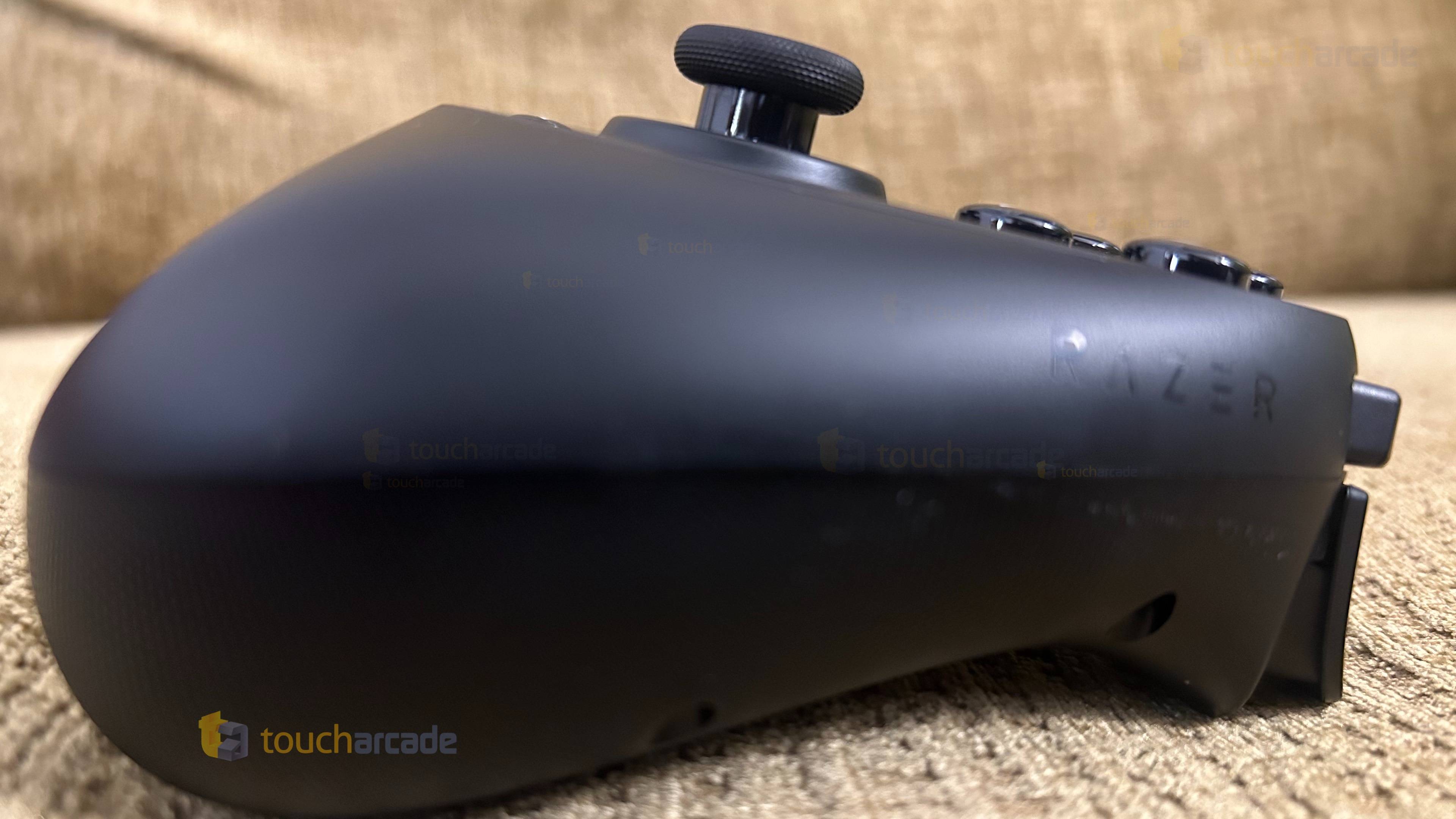
Razer Kishi Ultra Review
If you're accustomed to playing with traditional PS5 or Xbox Series controllers (or any full-sized controller) and find the compact buttons and sticks of typical mobile controllers less enjoyable, the Razer Kishi Ultra is ideal. Its comfortable grip, excellent d-pad, and face buttons make it a standout. The lack of full feature support on iOS is disappointing, but it's a significant addition to the mobile controller market. I hope Razer continues to improve upon this design and includes a carrying case for better portability.
Razer Kishi Ultra review score: 4.5/5
Amazon Link: Razer Kishi Ultra
(The book in the header image is Andy Kelly's upcoming Perfect Organism: An Alien: Isolation Companion, which I'm currently reviewing. Pre-order it here.)
Disclaimer: TouchArcade may earn a small commission from purchases made using the affiliate links above.
 Home
Home  Navigation
Navigation






 Latest Articles
Latest Articles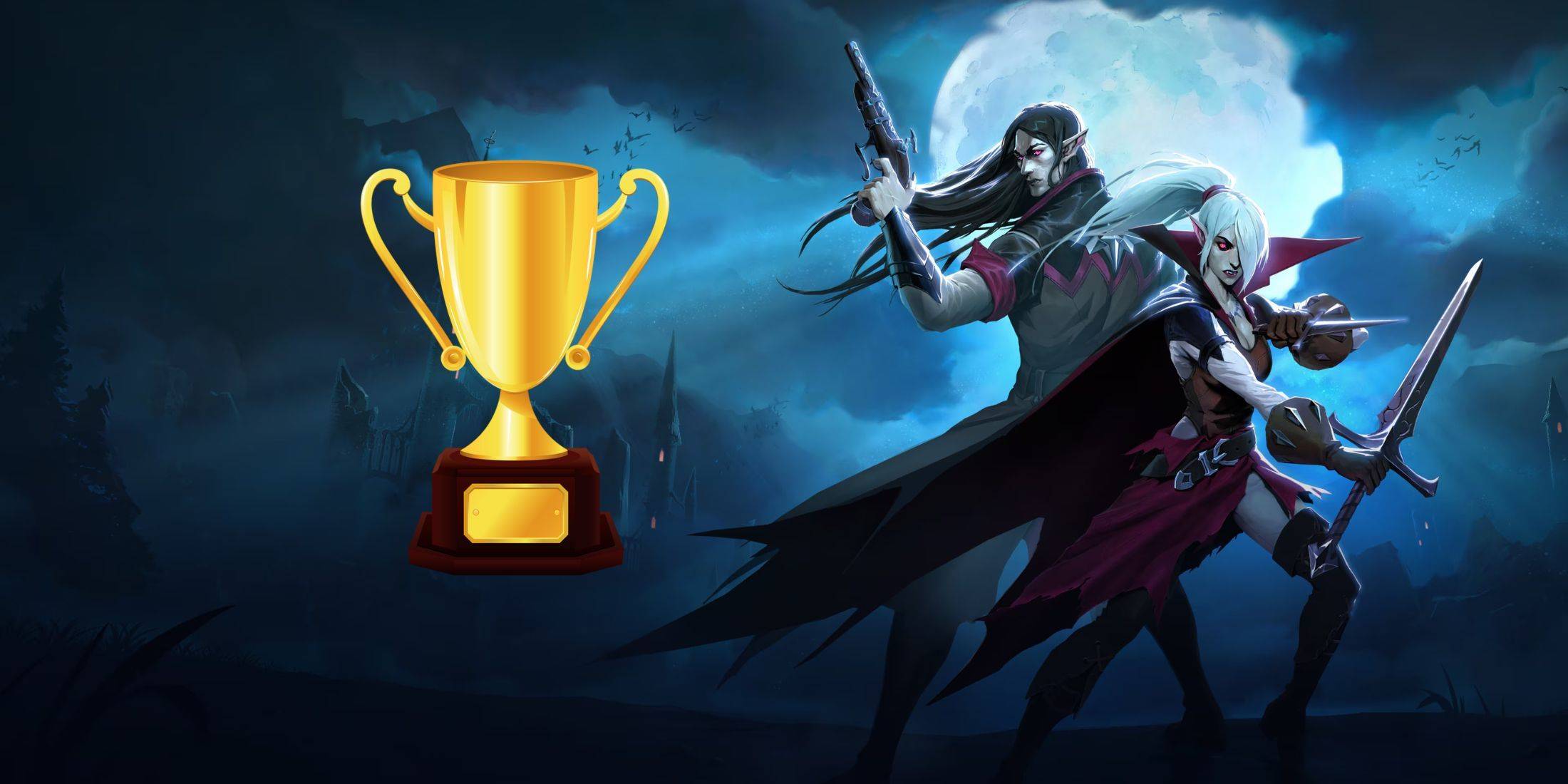
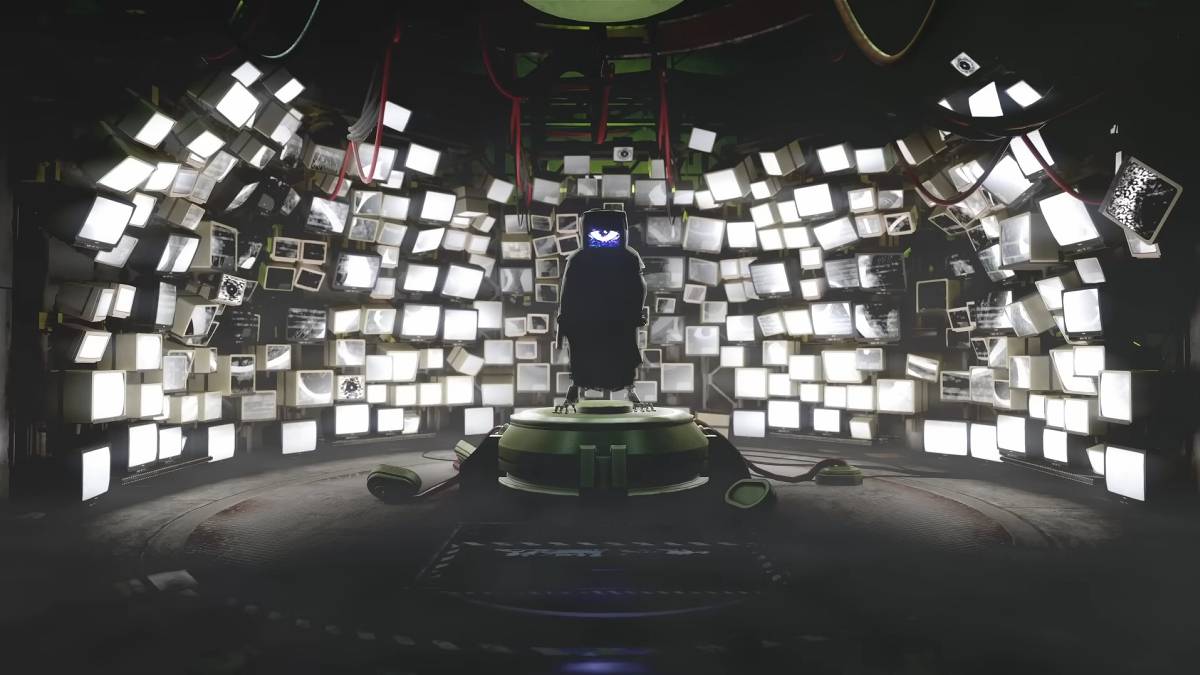
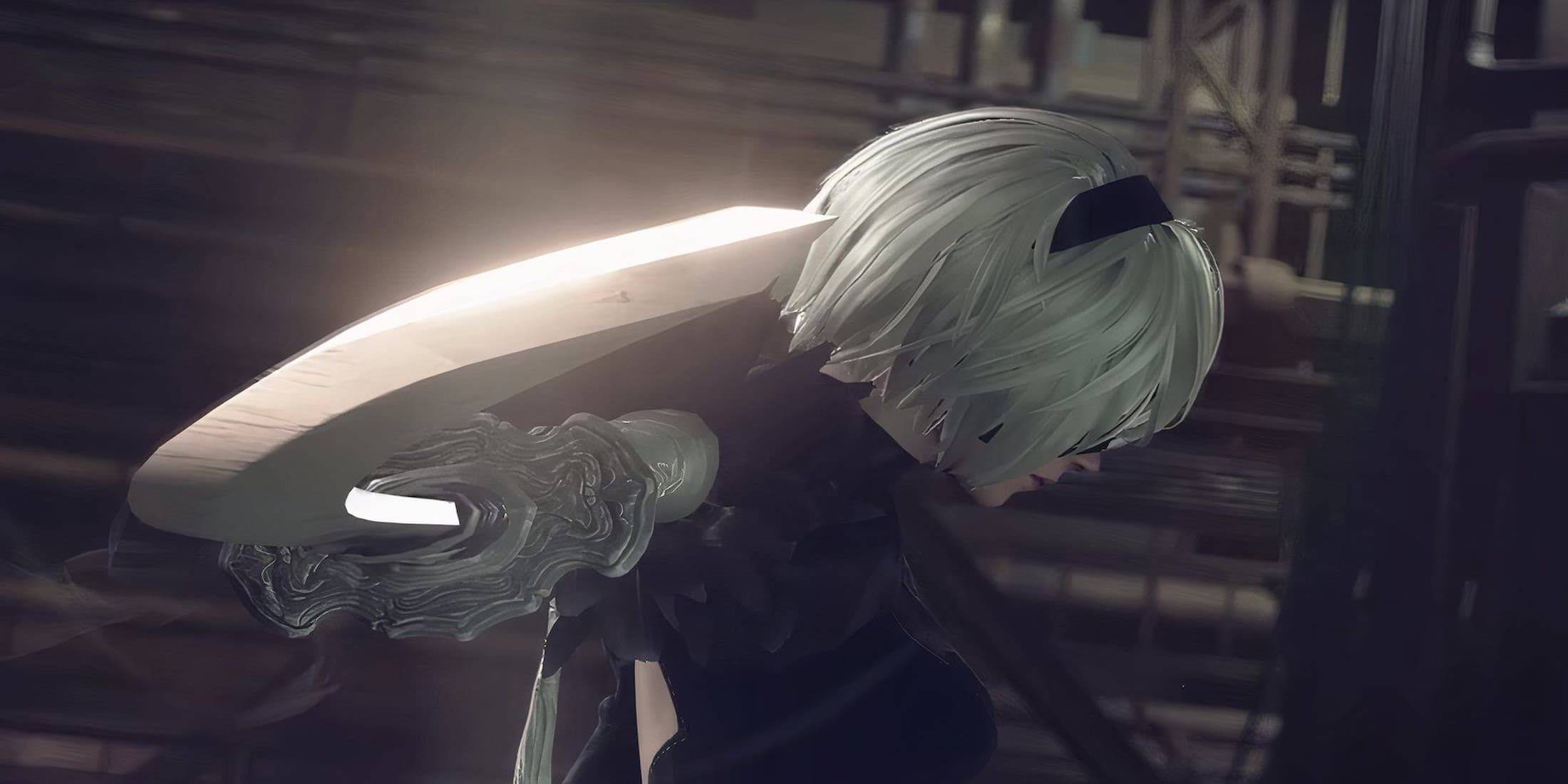
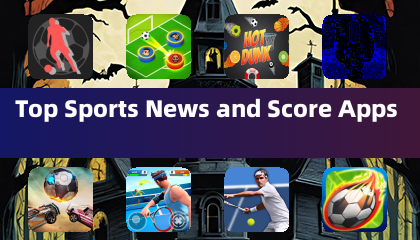

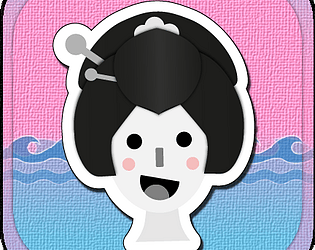



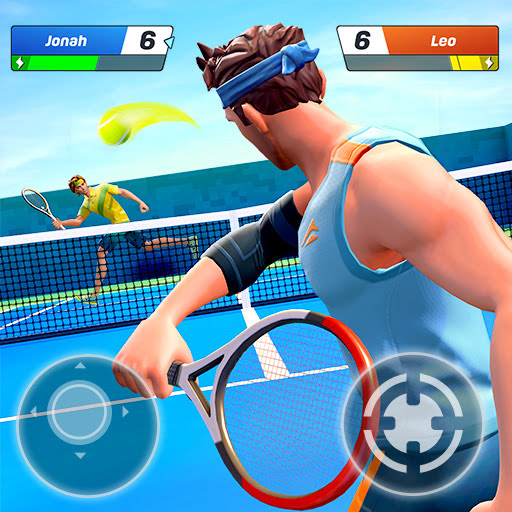

 Latest Games
Latest Games




